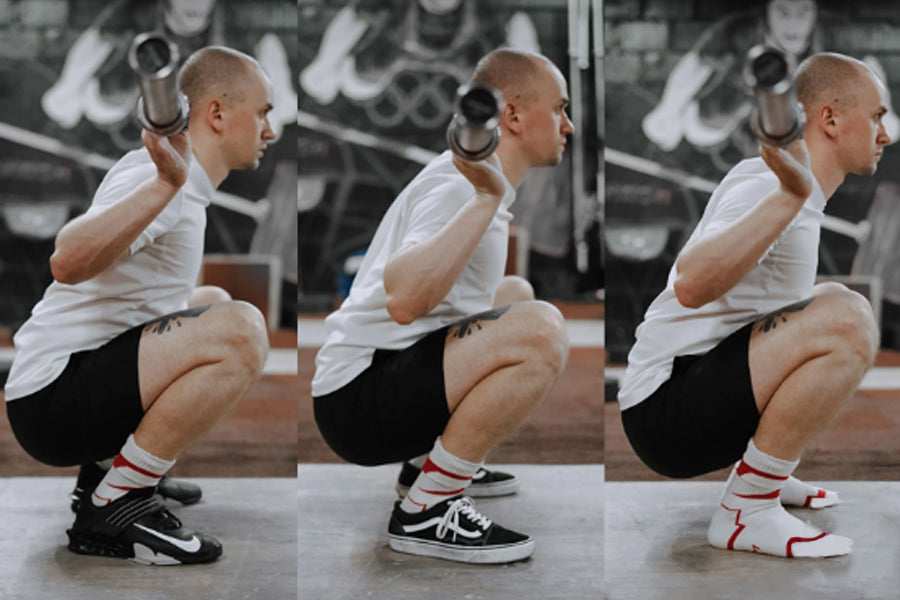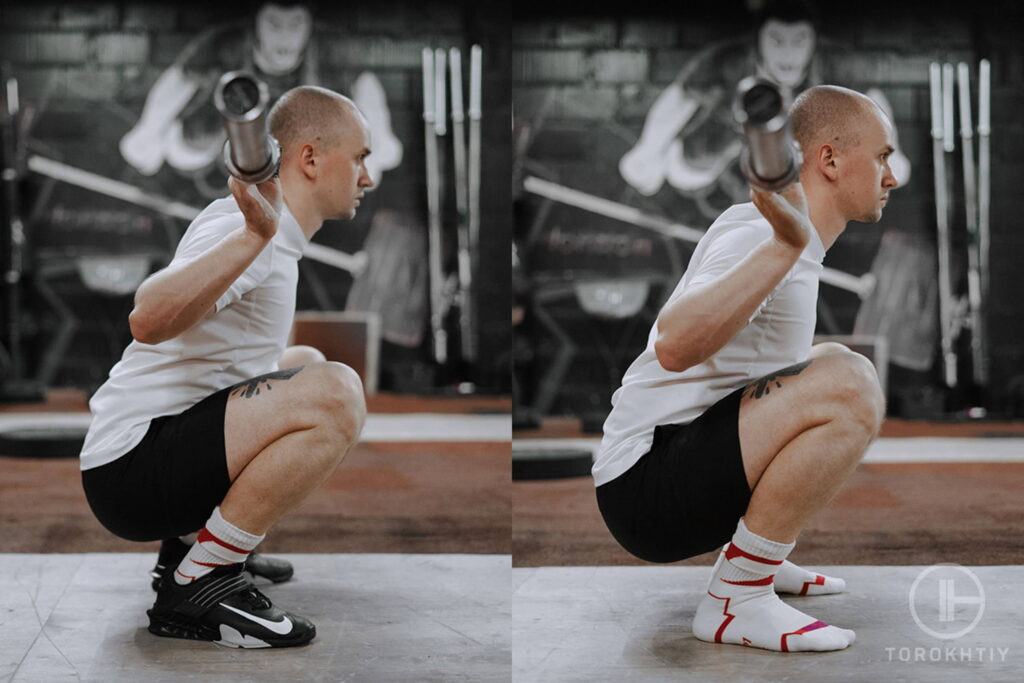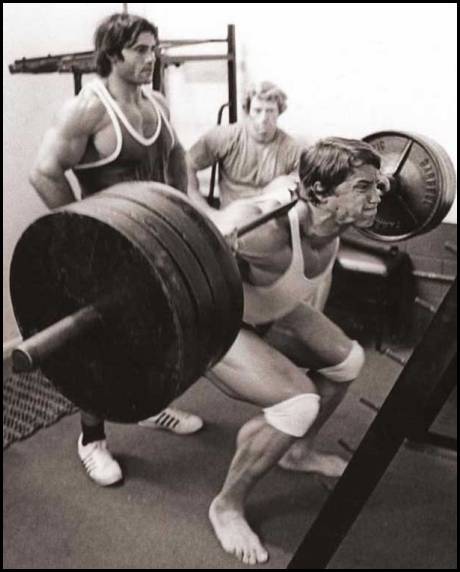When it comes to weightlifting and lower body exercises, few movements are as fundamental as the squat. A common debate among fitness enthusiasts and professionals is whether squatting without shoes improves performance and safety. This article dives deep into the details, examining the pros and cons of barefoot squatting, the impact of footwear, and real-world footwear experiences from U.S. fitness communities. Join us as we explore the factors that influence your squat performance and the best footwear options available in the market.
The Importance of Squatting Properly
Before determining whether it’s better to squat without shoes, it’s essential to understand why proper squatting mechanics are crucial. A well-executed squat engages various muscle groups, promoting strength development and functional mobility. However, improper form can lead to injuries.
Key Benefits of Squatting
- Enhances lower body strength
- Improves flexibility and mobility
- Boosts athletic performance
- Supports core stability
Squatting Mechanics
A squat involves several phases: the descent, the bottom position, and the ascent. Proper footwear can significantly influence how effectively these phases occur. Factors like stability, grip, and cushioning play pivotal roles, which we will explore further.

Squatting Barefoot: Pros and Cons
Pros of Squatting Without Shoes
- Enhanced Ground Feel: Squatting barefoot allows for direct contact with the floor, improving proprioception and balance.
- Better Ankle Mobility: Without shoes, the ankles may have a greater range of motion, which can aid in achieving deeper squats.
- Strengthened Foot Muscles: Training without shoes can help strengthen intrinsic foot muscles, potentially leading to better overall foot health.
- Natural Movement: Barefoot squatting encourages a more natural movement pattern, mimicking how our ancestors squatted without modern footwear.

Cons of Squatting Without Shoes
- Lack of Support: Barefoot squatting may not provide the arch support some individuals need, leading to potential foot fatigue or injury.
- Reduced Stability: Depending on the surface you’re squatting on, the lack of grip can increase the risk of slipping.
- Impact on Joints: Hard surfaces can increase the impact felt by your knees and lower back, especially with heavy weights.
The Case for Footwear in Squatting

Footwear plays a vital role in how we perform exercises. With a myriad of options available, it’s essential to choose the right type of shoe for squatting. Let’s examine various shoe features that can aid in squatting efficiently.
Types of Footwear for Squatting

Weightlifting Shoes
Weightlifting shoes are designed specifically for squats and other lifting movements, offering a raised heel and solid sole that aids in stability and power transfer. Popular brands include:
| Brand | Model | Rating | Price | Pros | Cons |
|---|---|---|---|---|---|
| Adidas | Adipower | 4.8/5 | $199.99 | Great grip, comfortable fit | High price point |
| Nike | Romaleos 4 | 4.7/5 | $199.99 | Stability, excellent arch support | Heavy design |

Cross-Training Shoes
Cross-training shoes offer versatility for those who engage in a variety of fitness activities. These shoes usually provide a balance between support and flexibility. Popular options include:
| Brand | Model | Rating | Price | Pros | Cons |
|---|---|---|---|---|---|
| Reebok | Nano X1 | 4.6/5 | $139.99 | Responsive, lightweight | Less specific for heavy lifting |
| New Balance | Minimus 10v1 | 4.5/5 | $119.99 | Natural feel, versatile | Minimal support |

Real-World Experiences: Fitness Communities’ Opinions
To further understand the implications of squatting barefoot versus wearing shoes, we surveyed fitness enthusiasts and trainers across the U.S. The insights gathered highlight varied experiences with footwear and squatting.

Case Study 1: Chris, a Competitive Powerlifter
Chris has been powerlifting for over five years. He initially squatted barefoot but transitioned to weightlifting shoes for enhanced stability. Chris noticed a marked improvement in his lifting ability, particularly when squatting heavy weights.
Case Study 2: Sarah, a Yoga Enthusiast
Sarah prefers squatting barefoot due to her regular practice of yoga. She finds that barefoot squatting helps her maintain balance and improve her form by keeping her body aligned naturally.

Comparative Analysis: Performance with and without Shoes
To summarize the findings, we created a comparative analysis to evaluate performance outcomes between barefoot squatting and squatting with shoes.
| Criteria | Barefoot Squatting | Shoes Squatting |
|---|---|---|
| Balance | Improved proprioception | Stability and support |
| Mobility | Increased ankle mobility | Some restrictions depending on shoe type |
| Injury Risk | Potential foot fatigue | Reduced impact on joints |
| Weight Capacity | May struggle with heavy weights | Allows for heavier lifts with stability |
Tips for Squatting Safely
Regardless of whether you choose to squat with or without shoes, the following tips can help you maintain safety and effectiveness throughout your exercises:
- Start with a warm-up to prepare your muscles.
- Focus on form over weight to avoid injuries.
- Progressively increase weights after mastering technique.
- Listen to your body and modify your approach when necessary.
FAQs about Squatting Without Shoes
1. Is it safe to squat without shoes?
While many experience benefits from barefoot squatting, it’s important to consider personal comfort and foot health, along with the surface you’re using.
2. What type of shoes should I wear for squatting?
Weightlifting shoes are highly recommended for squats due to their design, which supports stability and power transfer.
3. Can barefoot squatting lead to injuries?
Yes, barefoot squatting can lead to injuries if proper form is not maintained, or if there is insufficient foot support, especially on hard surfaces.
4. How do I improve my squatting form?
Consider working with a trainer, practicing bodyweight squats, and focusing on flexibility and strength training to improve your form.
5. What are the best shoes for squatting?
Brands like Adidas, Nike, and Reebok offer some of the best-rated options for weightlifting and cross-training.
6. Is it better to squat with flat shoes?
Flat shoes can provide stability and a solid base, making them suitable for squats, especially in powerlifting.
7. How do I transition to barefoot squatting?
Start by incorporating shorter sessions of barefoot squatting and gradually increase intensity while listening to your body.
8. What surface is best for squatting?
A flat, stable surface is ideal for squatting, whether you’re barefoot or wearing shoes.
9. Can squatting improve my athletic performance?
Yes, squatting helps build lower body strength, which is beneficial for overall athletic performance in various sports.
10. Should I always squat barefoot?
Not necessarily; it depends on your preferences, goals, and any pre-existing foot conditions.
11. What should I look for in a weightlifting shoe?
Look for features like a solid sole, elevated heel, and excellent ankle support when selecting a weightlifting shoe.
In conclusion, the decision to squat without shoes or with specific footwear ultimately boils down to personal preference, comfort, and training goals. There are compelling arguments for both approaches, and what works best may differ from one individual to another. By understanding each option’s pros and cons, you can make a more informed decision that aligns with your fitness journey.
Learn more about the effects of footwear on squat performance.